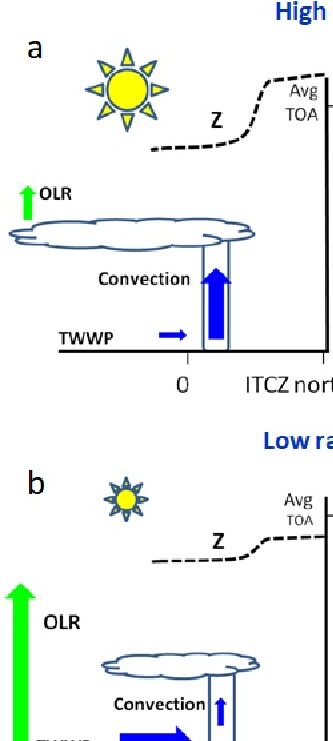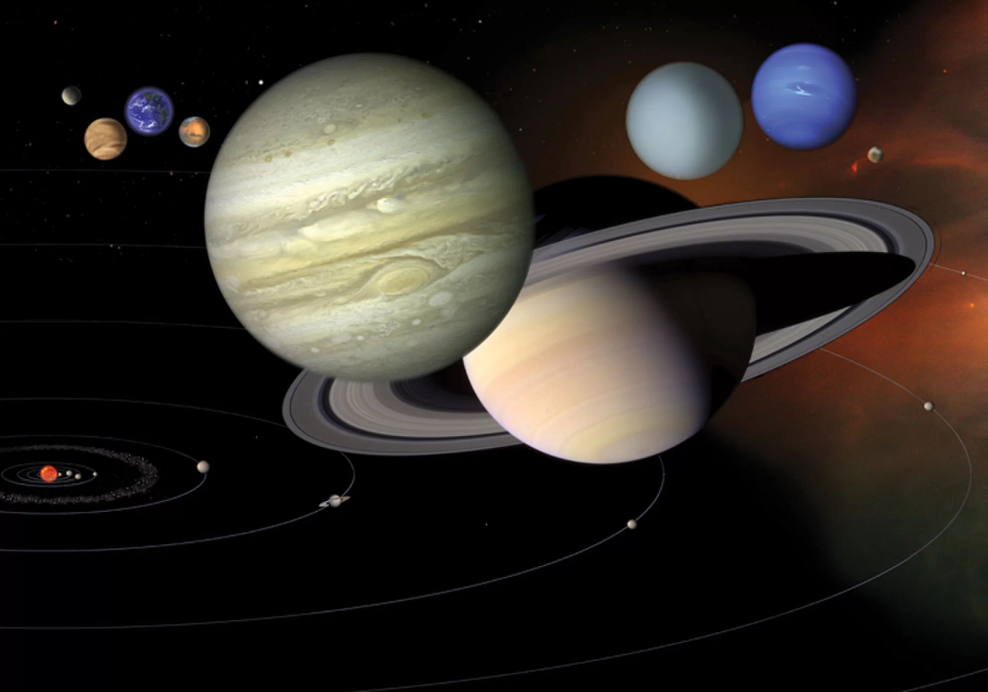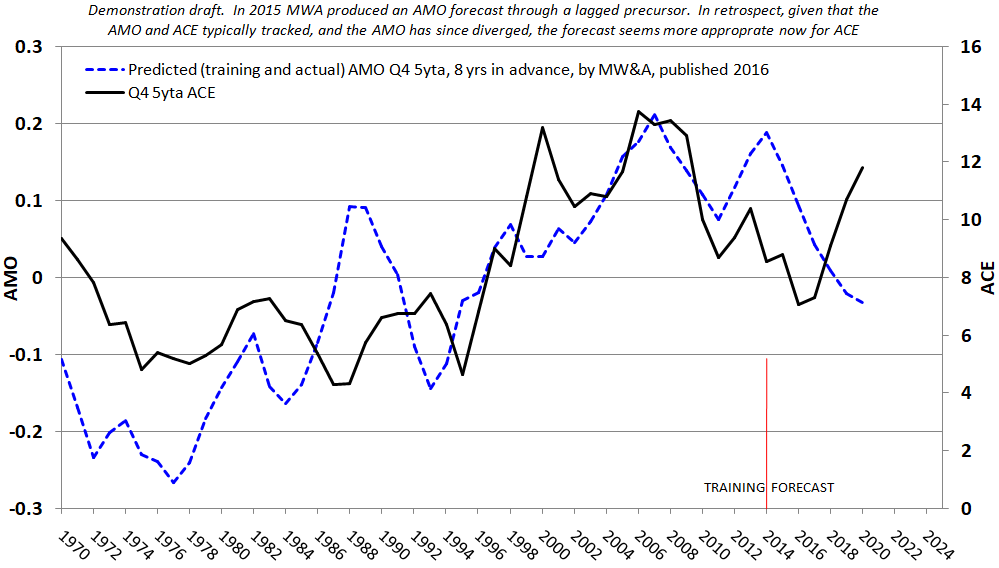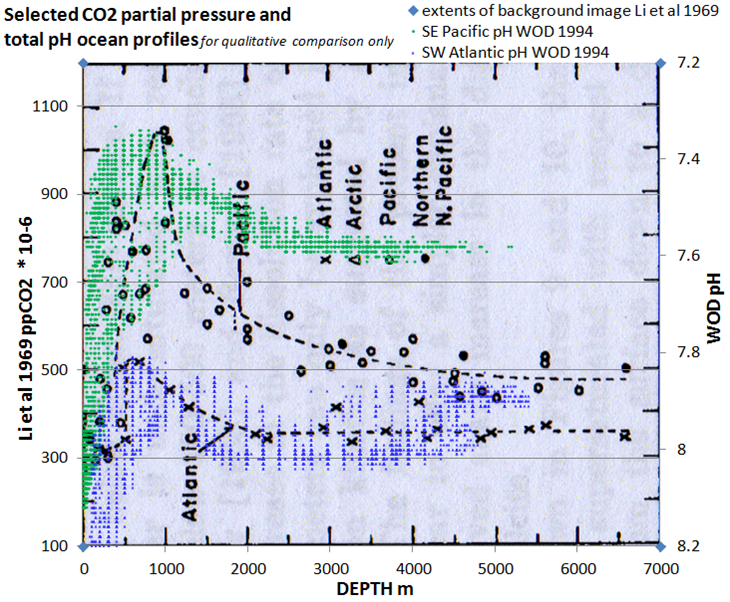
The Sun drives the atmospheric circulations of Uranus, Neptune and Earth
I’ve learned more from Fletcher et al (2020) about gas giants modulated by solar forcing [1]. As they note immediately in the publication:
“What drives atmospheric circulation?
Planetary atmospheres respond to differences in energy inputs as a function of altitude, location, and time, resulting in a circulation that is a delicate balance between solar inputs from above (with the axial tilt generating seasonally-dependent hemispheric contrasts) and spatially-variable heating from internal sources (e.g., residual energy from planetary formation, rain-out, or other ongoing gravitational settling driving convective motions, atmospheric instabilities, etc.). ”
Their description appears to include Earth’s climate. This makes sense, given the condensation and latent heat production associated with these twin ice giants. In an earlier post or two I speculated on gas giants but hadn’t considered condensation unfortunately. In any case, the beginning image is from an earlier non-blog, peer reviewed publication of mine [2] that focuses on the solar-forced, partially condensing atmosphere of Earth.
The maps, charts and profiles and descriptions of Fletcher et al [1] present interesting parallels to Earth’s hydrospheric circulation patterns. There are also differences of course, given that we don’t know what the solid surface of the planets look like, and also because we recognize several principal condensing gases for those remote giant icy twins (methane, ammonia, and sulfur dioxide) instead of just one on Earth (water vapor). And one of them, the hazy Uranus, spins on its side.

Here is an excerpt from their abstract which attempts to summarize equatorial, mid latitude, and polar patterns:
“ These observations identify three distinct latitude domains: an equatorial domain of deep upwelling and upper-tropospheric subsidence, potentially bounded by peaks in the retrograde zonal jet…; a mid-latitude transitional domain of upper-tropospheric upwelling, vigorous cloud activity….; and a polar domain of strong subsidence, volatile depletion, and small-scale (and potentially seasonally-variable) convective activity..“
I took out their analogies to Jovian atmospheres. With those out, again, one might be loosely describing Earth’s global atmospheric circulation and its changes with latitude. It also seems notable to me at least that their paper makes no mention of greenhouse gases. Methane for example, is always attributed as a greenhouse gas by climate change scientists. And it is a principal component of the ice giants. But no greenhouse contribution is described in the study.
This seems promising that my solar forcing views are aligned with those of planetary scientists who study more distant planets with solar – forced condensing atmospheres. I’d welcome such an expectation for the rival AGW – greenhouse gas hypothesis.
References
[1] Fletcher, Leigh N., Imke de Pater, Glenn S. Orton, Mark D. Hofstadter, Patrick GJ Irwin, Michael T. Roman, and Daniel Toledo. “Ice giant circulation patterns: implications for atmospheric probes.” Space Science Reviews 216, no. 2 (2020): 1-38. https://link.springer.com/article/10.1007/s11214-020-00646-1#ref-CR144
[2] Wallace, M.G., 2019, Application of lagged correlations between solar cycles and hydrosphere components towards sub-decadal forecasts of streamflows in the Western US. Hydrological Sciences Journal Volume 64 Issue 2. doi: 10.1080/02626667.2019.
 5258total visits,1visits today
5258total visits,1visits today

